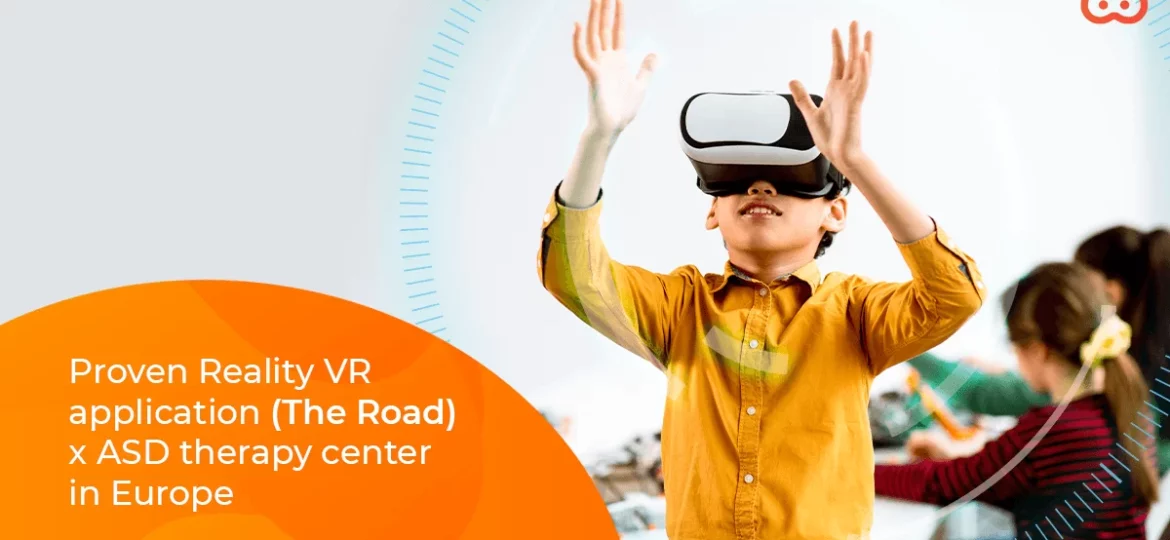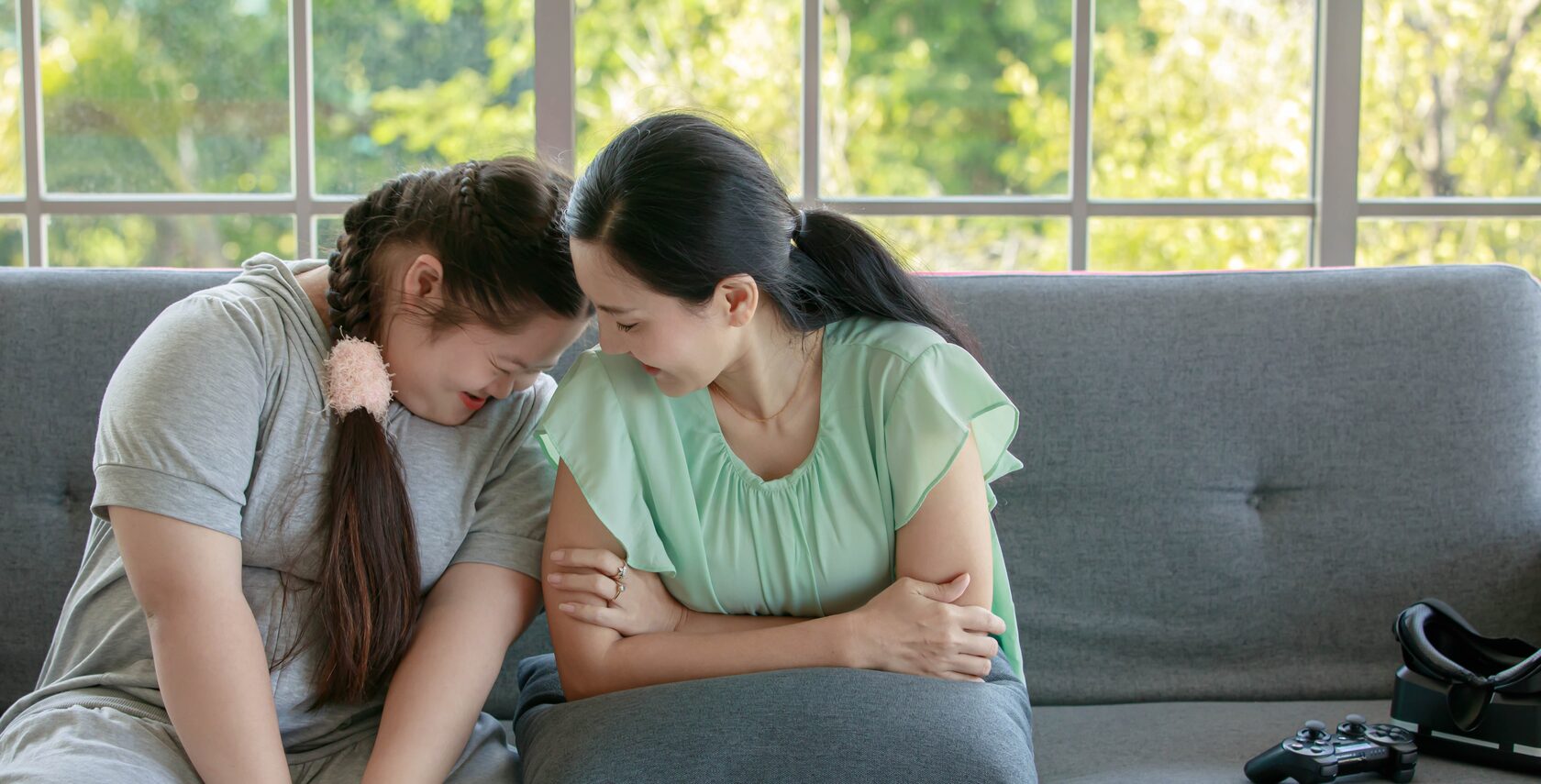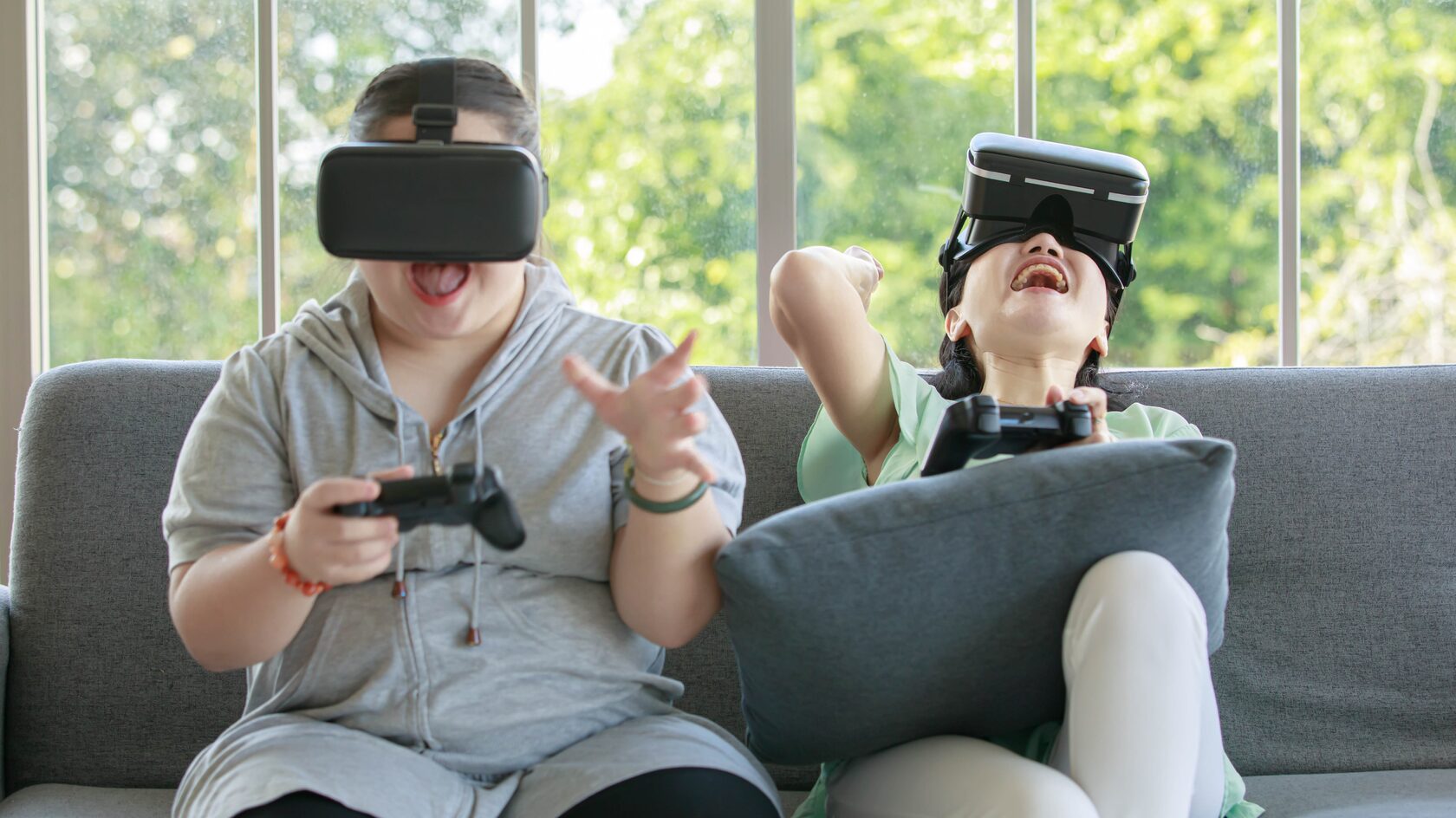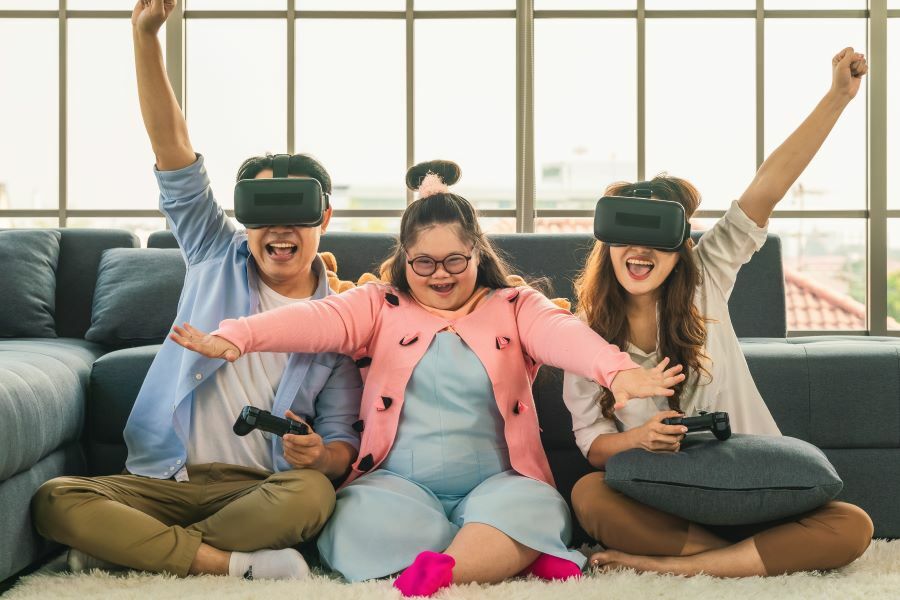
Overview: Virtual Reality Therapy
Technology-assisted intervention can potentially improve social and behavioral impairments among children with autism spectrum disorder (ASD). Behavioral therapy for autism spectrum disorders offers a multitude of possibilities and opportunities for the intervention of children with neurodevelopmental disorders. Recently, the Proven Reality team tested our VR application (VR headset) under the Road project in an ASD therapy center in Europe to document the efficiency of the application in supporting the intervention of ASD children with (i) social skills and (ii) behavioral skills. During this aba therapy, some significant changes have been observed among children with diverse types of neurodevelopment disorders, including high-functioning autism and Asperger’s syndrome, classic organic autism and motor apraxia, and ADHD. We will venture into the method we adopted and the outcome of the VR therapy for autism in this case study article.
The total number of children who participated in the aba therapy for autism is 32, between the age range of 4-9 years. It is to be noted that all children have a violation of mental and physical development.

First use-case: Children with high-functioning autism and Asperger’s syndrome
Challenges
High-functioning autism or Asperger’s syndrome symptoms were often milder and less likely to affect people’s daily lives than the symptoms of autistic people. This is the reason they have been perceived as “high-functioning.” However, just like everyone on the autism spectrum, high-functioning individuals find it challenging to communicate and socially interact with others and may have difficulty making friends. They can get so stressed by a social situation that they shut down.
Method of ASD Therapy
11 children have participated in the testing, diagnosed with high-functioning autism and Asperger’s. Our team worked hand-in-hand to develop and create evidence-based lessons for individuals to safely learn essential skills in a controlled virtual reality environment with the help of an immersive VR headset. The 15th session allowed children to practice real-life skills in immersive and engaging environments with the guidance of supervising adults.

Result
The emotional-volitional sphere did not change significantly before and after the test with glasses. Before putting on glasses, alertness is noted. Children with a hypersensitive head area had to apply glasses repeatedly. After the 1st session, two children have a slight overexcitation in the form of jumping, running around, and waving their arms. However, this state is inherent in them and within the framework of the lesson.
By the 6th session, all the children were able to put on glasses, and by the 10th-12th session, everyone began to respond to the teacher’s voice. Although while responding to teachers, the answers varied from one to another. For instance,
The teachers asked: “Where did you see in front of you?”
Children’s responses ranged from road to tree to house.
By the 15th session, all children were able to cross the road. 6 children showed increased motivation and a desire to try the VR glasses again.
Key Takeaway
This can be noted as a significant improvement since the emotional-volitional sphere of children with ASD is limited.
Two children transferred skills to real conditions. They approached the pedestrian crossing, called, and voiced the rules of the transition.
Second use-case: Children with classic organic autism and motor apraxia
Challenges
Children with classic organic autism and motor apraxia have difficulty developing, executing, and sequencing motor movements. This neurological impairment has three forms motor, verbal and oral.
Method
Our team used the same method to encourage their real-life skills in immersive and engaging environments with the help of a VR headset. 8 children participated in testing with this diagnosis, three with an age group of 4-5 and five with an age group of 5-9. There were more than 15 sessions.
Result
Three children between the ages of 4-5 failed to wear glasses in more than 15 sessions and are still in the process of adapting the glasses. For them, this process is a very heightened sensory aggressiveness. Their head and face area are too hypersensitive, resulting in difficulty wearing the glasses or immediately taking off after wearing them.
With the same diagnosis, 5 children aged 5-9 years were tested on the VR headset. By the 10th session, everyone was able to put on glasses on their own.
By the 15th session, they began to respond to the instructions of the teacher. The addiction process and the emotional-volitional sphere did not change significantly before and after the session. In real conditions, after 15 sessions, the skills were not transferred. However, the fear and anxiety on the street have significantly decreased.
Key Takeaway
The adaptation process is much more effective for the age group of 5-9 than for children with the same diagnosis at a younger age. Many of the children who participated in remedial classes looked at the glasses more than once and showed the teacher with a pointing gesture that they would like to repeat the game during the test.

Third use-case: Children with ADHD (attention-deficit/hyperactivity disorder)
Challenges
Children with Adult attention-deficit/hyperactivity disorder (ADHD) is a neurodevelopmental disorder that includes a combination of persistent problems, such as difficulty paying attention, learning deficit, hyperactivity, and impulsive behavior, leading to poor school performance and low self-esteem, along with other issues.
Method
Our team again used the same method to encourage their real-life skills in immersive and engaging environments, with the help of VR glasses. 13 people in the diagnosis participated in the testing.
Result
This group of children adapted very quickly. By the 3rd session, the children calmly dressed and reacted to instructions. For 80% of this group, the task was easy but exciting. The children had a high motivation to continue this process in a more complicated way.
Key Takeaway
In a real environment, these children repeated the skills acquired with glasses. They approached the road, looked for a pedestrian crossing or a traffic light, announced the rules for crossing the road, and followed them. They clearly understood the boundaries of the road and the pedestrian part and distinguished between a dangerous zone and a safe zone.

Parents expressed satisfaction with Proven Reality’s efforts to introduce new immersive technologies into developing the behavior, verbal, social skills, as well as sensory and attention issues to children.
Final note
Looking at the above picture, it would not be an exaggeration to state that virtual reality does offer promising technological support for intervention in autism education and therapy. VR technology that combines virtual and real objects in real settings can appeal to children with ASD who are visual learners.
To escape into a new layer of imagination with Proven Reality and know the scope of VR/AR, book a demo with us today.

